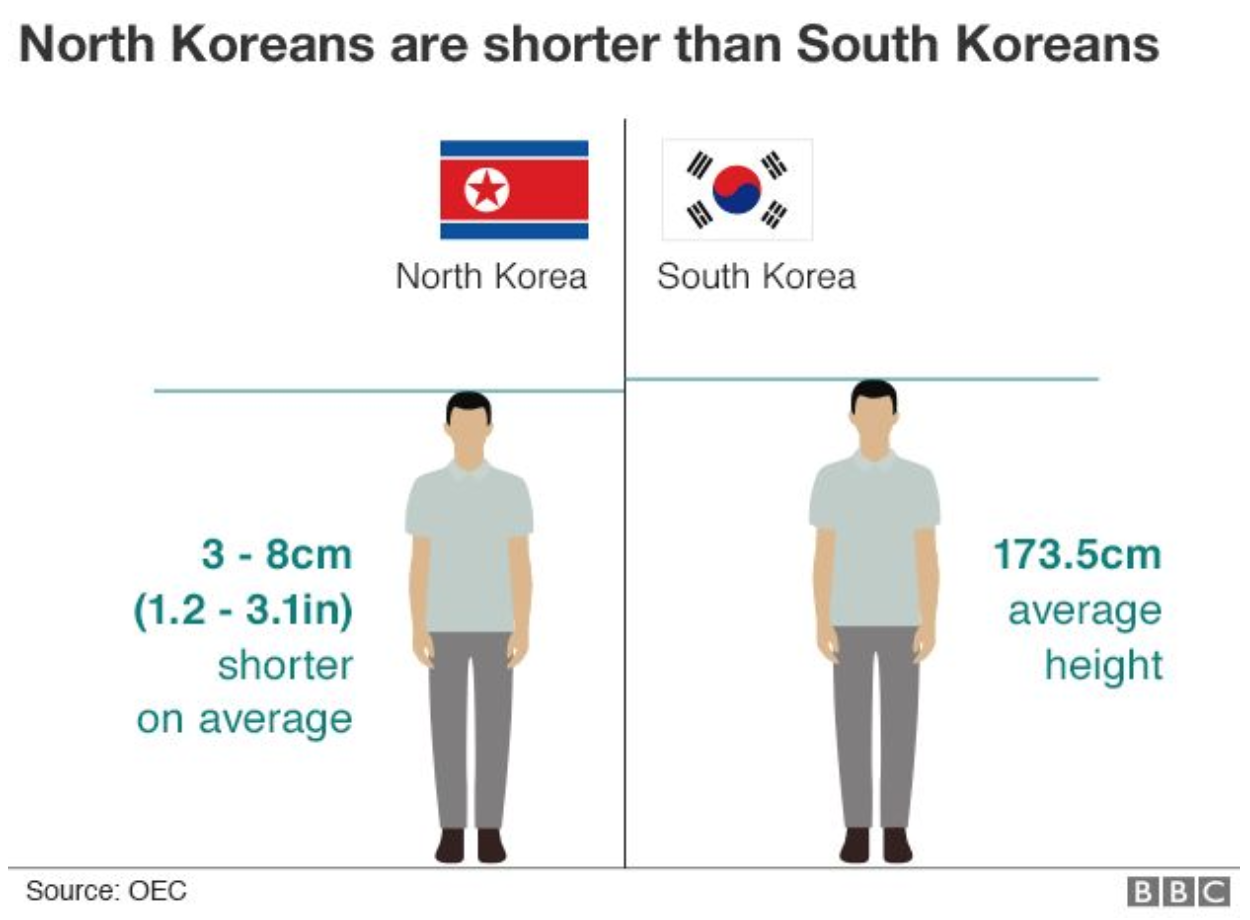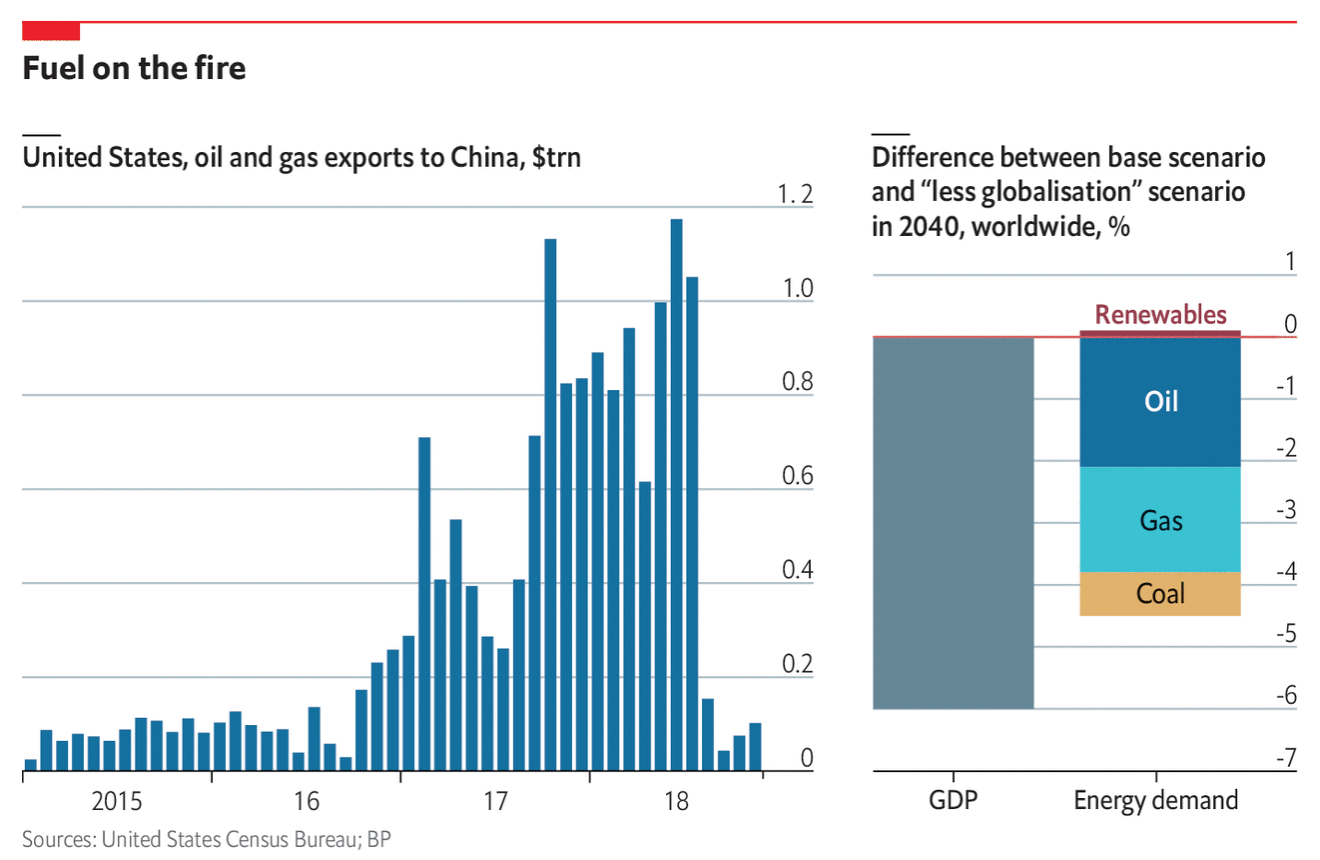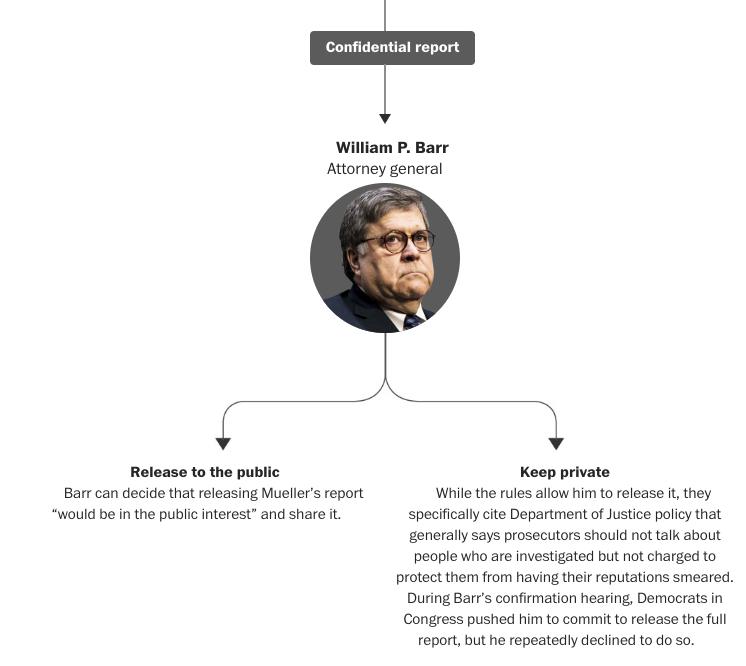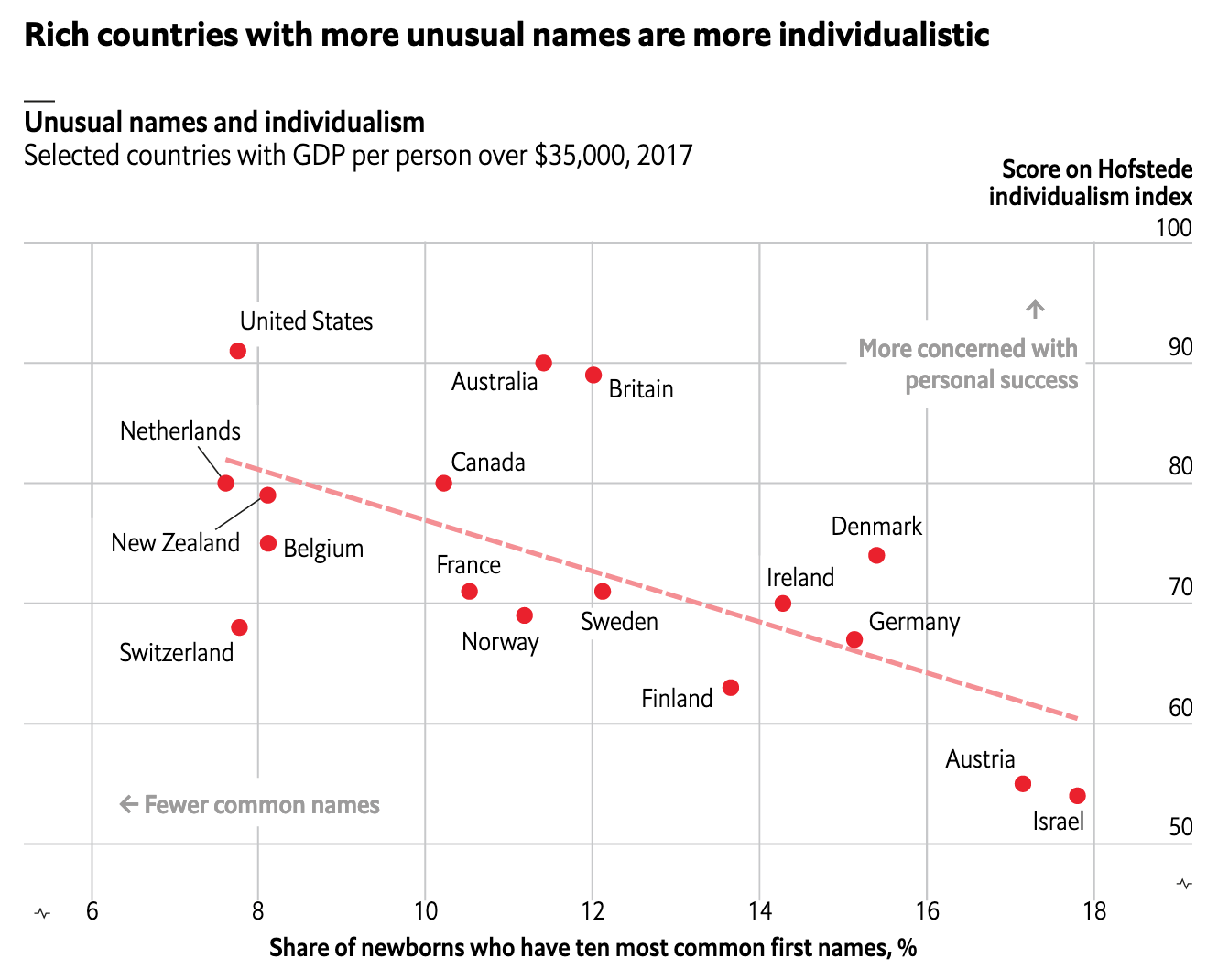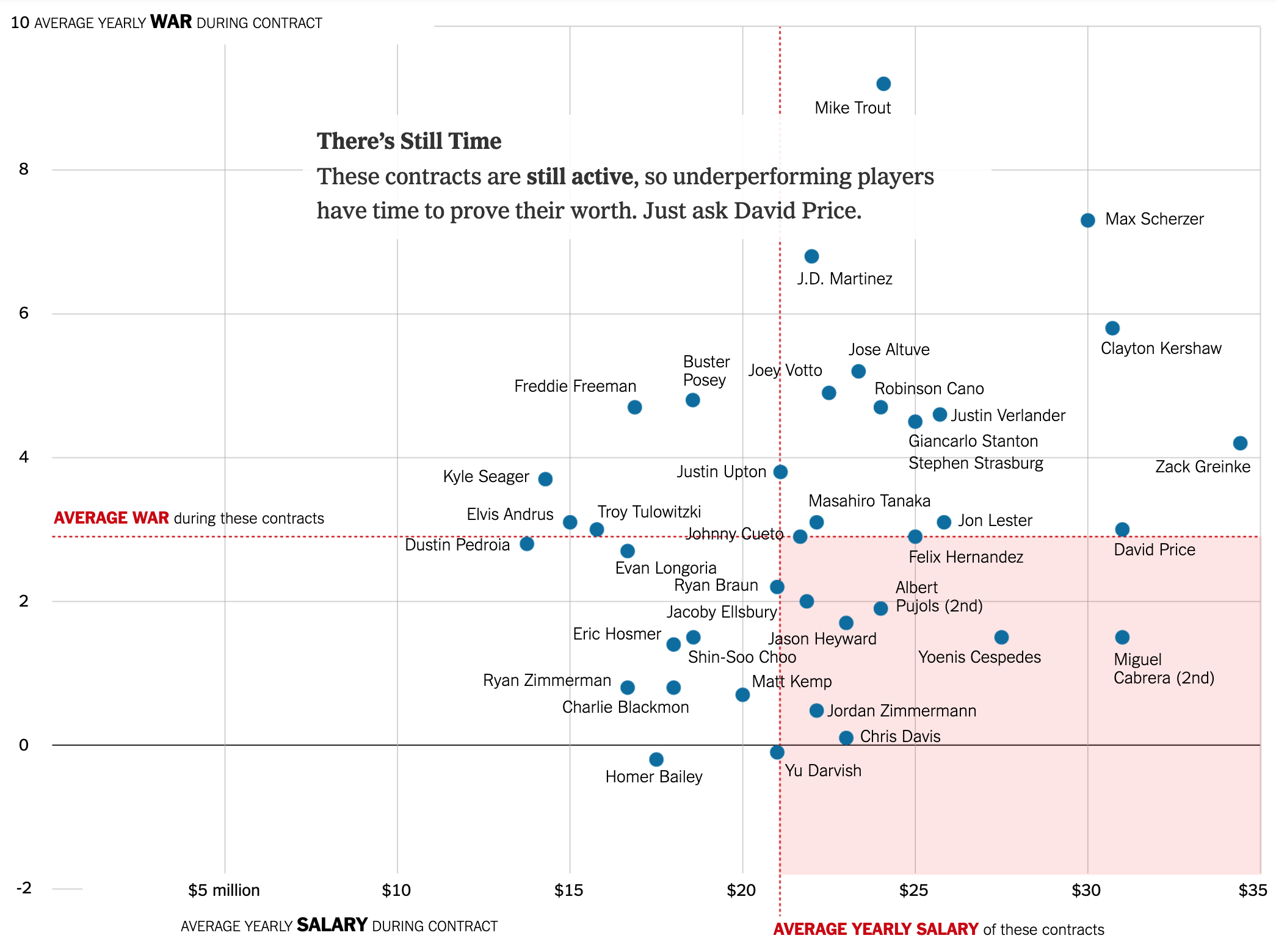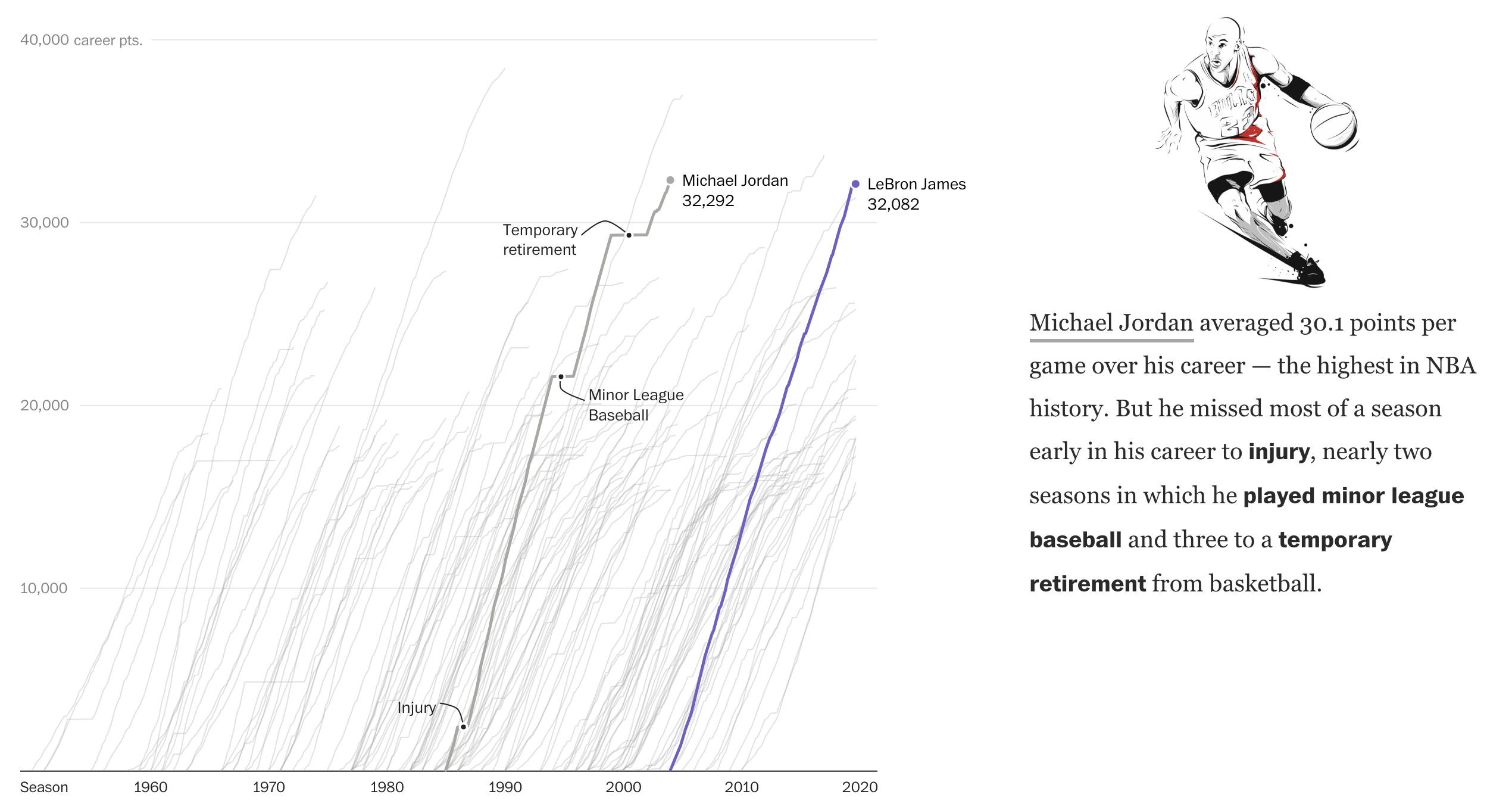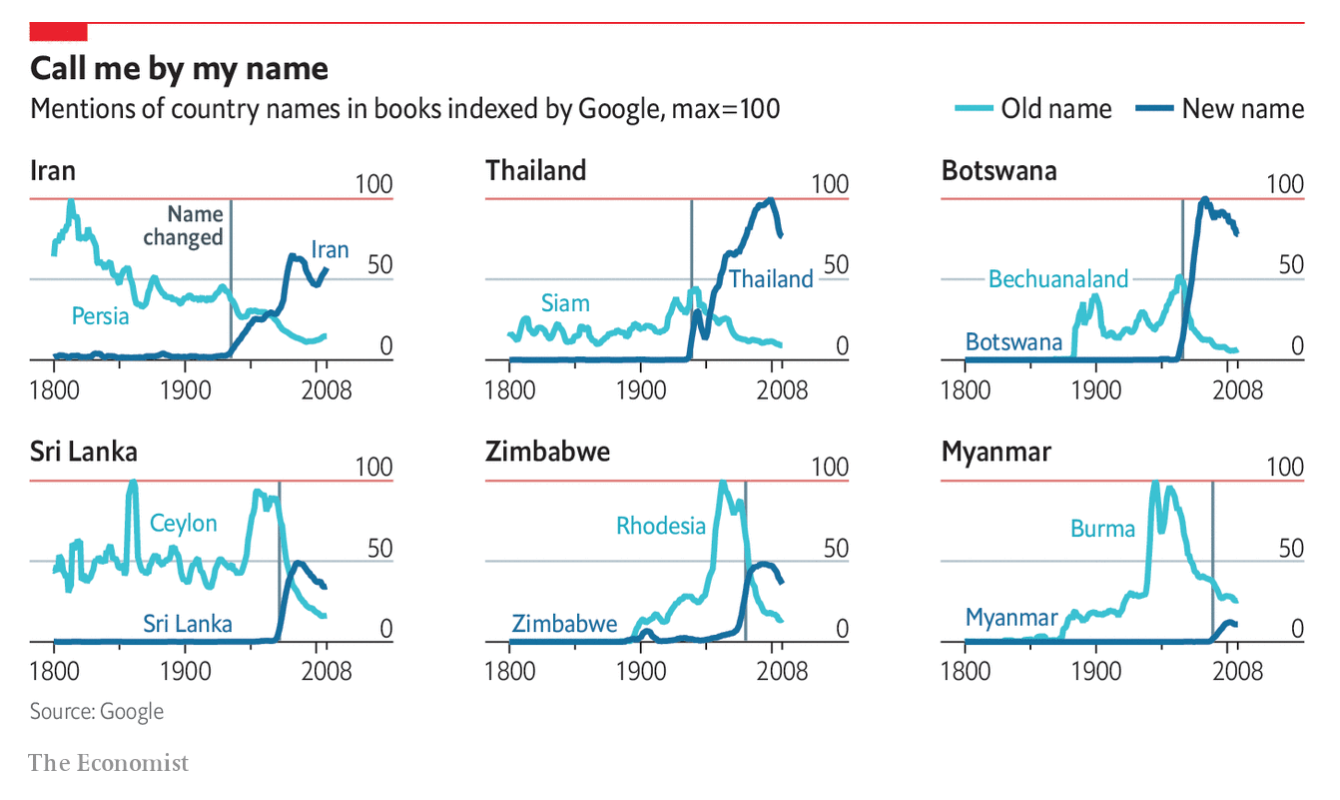No. Definitely not. But, the position of this article by FiveThirtyEight is that the Phillies, the Philadelphia baseball team that just made the largest guaranteed contract in North American sports, may have purchased the rights to somebody who is a few years past his prime.
The author tracked the performance of similar baseball players over history and found that they peaked earlier and tailed off earlier.

Now, the obvious thing about this graphic that I dislike is the spaghetti-fication of the lines. What does help alleviate it, however, are the greying and lighter weight of the non-identified lines in the background. Interestingly, they are even lighter than the axes’ value lines. There is also a thin outline to the lines that helps them standout against each other.
I also wonder if a few more added benchmark lines would be useful. Elite seasons are defined as those with 8+ wins above replacement (WAR), an advanced measurement statistic. Could that level not be indicated with a line on the y-axis? What about the age of 26, before which the players would have had to produce one and only one 8+ WAR season to be eligible for the data set?
Of course, as I said at the beginning, the answer to this post’s title is no. Harper will make the Phillies a better team and the length of his contract will not be the albatross that was Ryan Howard’s. However, the Phillies may be paying for 13 years of subprime Harper.
Credit for the piece goes to the FiveThirtyEight graphics department.

